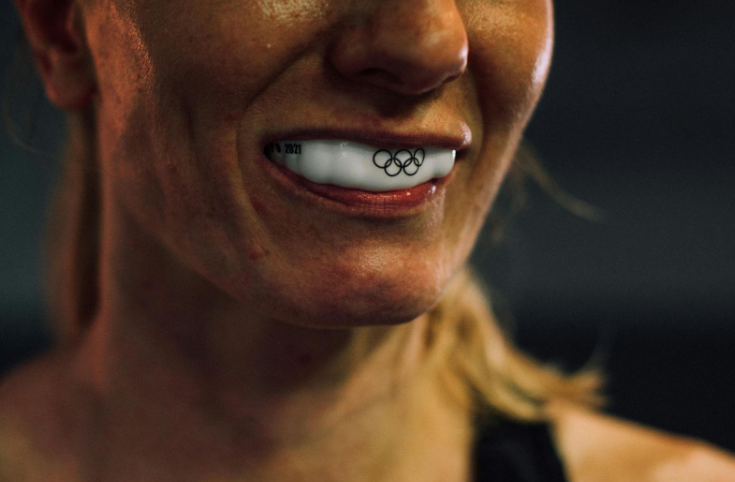Everything You Need to Know About Dental Veneers
Everything You Need to Know About Dental Veneers

Dental veneers also called porcelain veneers or dental porcelain laminates are made-to-order shells that cover the front surface of the teeth to improve their appearance. The wafer-thin shells are attached to the front portion of the teeth. Once bonded, the veneers change to the natural color, shape and size of teeth.
When Can Dental Veneers Be Recommended?
They may be recommended to fix issues like chipped teeth, misshaped teeth, or gaps between teeth. Additionally, a dentist may suggest dental veneers for dental problems, including:
● Worn teeth
● Crooked teeth.
● Uneven spaces
● A large gap appears between the upper and front teeth.
Teeth may be discolored because of a root canal treatment, stains from certain drugs, huge resin fillings, excessive fluoride, or other reasons. Under these circumstances, the dentist may suggest dental veneers to fix the problem.
Dental Veneers Process
Having the dental veneers fixed may require a couple of visits to the dentist. On the debut visit, the dentist could suggest the type of veneer the patient can opt for and on the subsequent visits, the veneers are placed. A tooth or a set of teeth can simultaneously have the veneers fixed.
Diagnosis and Treatment Planning
When consulting with the dentist, the patient shares the results aimed to achieve through the veneers. The doctor examines the teeth, checks if surfaces will work on the patient, and discusses the procedure and limitations. An x-ray may be recommended to create an impression of the mouth and teeth.
Types of Veneers
Traditional veneers are made of composite resin or porcelain, which may require intensive preparation. However, the no-prep veneers applied through a different process could require minimal tooth alteration.
Porcelain Veneers
If you opt for the porcelain veneer, the dentist will start grinding down the teeth, after which an impression of it will be made. A mold will be created and sent to the lab for the porcelain veneer to be made. Meanwhile, the dentist may suggest that the patient opts for a temporary cap until the permanent one is ready.
Composite Resin Veneer
As part of preparing the tooth for a composite resin veneer, the dentist begins with etching the tooth’s surface. The doctor could use multiple layers of composite to create the intended look. With the help of a special light, the composite veneer is fit.
No-Prep Veneer
The no-prep veneers do not require temporary caps or local anesthesia. Layers of the tooth under the enamel need not be removed, and the dentist could take less time to fix the no-prep veneers.
How to Select a Suitable Veneer?
The dentist could suggest which veneer will work well. However, while selecting one, you may consider the following factors:
● Appearance of the veneers
● Installation process and time are taken.
● Suggestions of the doctor.
● Longevity of the veneer
Preparing for Having the Veneer Installed
Before installing the veneer, the dentist may want to examine the teeth’s condition. If they are crooked or uneven, the doctor could suggest braces before placing the veneers. An X-ray could also be recommended to determine the teeth’ health. If there are signs of the need for a root canal, tooth decay, or gum disease, having the dental veneers installed may not be recommended.
Getting the Accurate Size of the Veneers
The doctor could trim about half a millimeter of the tooth to get the accurate size of the veneer. With the help of grinding equipment, the enamel is carefully removed during the trimming process. The tooth’s mold impression is taken and sent to the lab to create the veneers.
Before the Veneers Are Placed
Once the veneers are created, they need to be placed. At this sitting, the dentist will examine the veneers and ensure they are a perfect fit. The doctor cleans the teeth where the veneers need to be placed as bacteria, when trapped under the veneer, may cause tooth decay.
Next, with the help of a grinding tool, the dentist creates a rough texture on each tooth on which the veneer has to be placed, thus, making it easy for the veneer to fix the tooth. It is fixed on the tooth with dental cement. Ultraviolet light may be used to harden the cement.
How Are the Veneers Placed?
In the appointment that follows, the veneers are placed. The time taken depends on the number of veneers to be placed and if local anesthesia is used.
Advantages of Dental Veneers
There are several advantages of dental veneers. They include:
● They give a natural appearance to the tooth.
● They can be used to make the dark teeth look whiter.
● Unlike dental crowns, veneers do not require much shaping. Yet they look better and are more robust when compared to the crowns.
Risks of Dental Veneers
The disadvantages of dental veneers may include:
● The process cannot be undone.
● Veneers cannot be replaced if they develop a chip or a crack.
● The implanting process involves the removal of enamel, which can make the tooth sensitive to hot and cold liquid, and foods.
● Once they are fitted, the color of the veneers cannot be altered.
● Those who have the veneers implanted may be advised not to exert pressure on the teeth as it could result in dislocation of the veneers, or they may fall off.
● Teeth with veneers may have tooth decay. Once this sets in, the doctor could recommend that the tooth is covered with a crown.
● About 8 to 12 years is the general life span of the veneers, after which the doctor may recommend replacing them.
Care about Implanting Veneers
After the veneers are implanted, they do not require special care and attention. However, following dental hygiene practices is suggested. Despite porcelain veneers’ ability to resist stain, the dentist could advise those who have them implanted to try and avoid stain-causing food and liquids.
If you wish to improve your dental health, you can reach out to our specialists at Patriot Family Dentistry. We offer cosmetic dental veneers and other options. Contact us at 931-551-9954 or visit our website for further information or to book an appointment.











